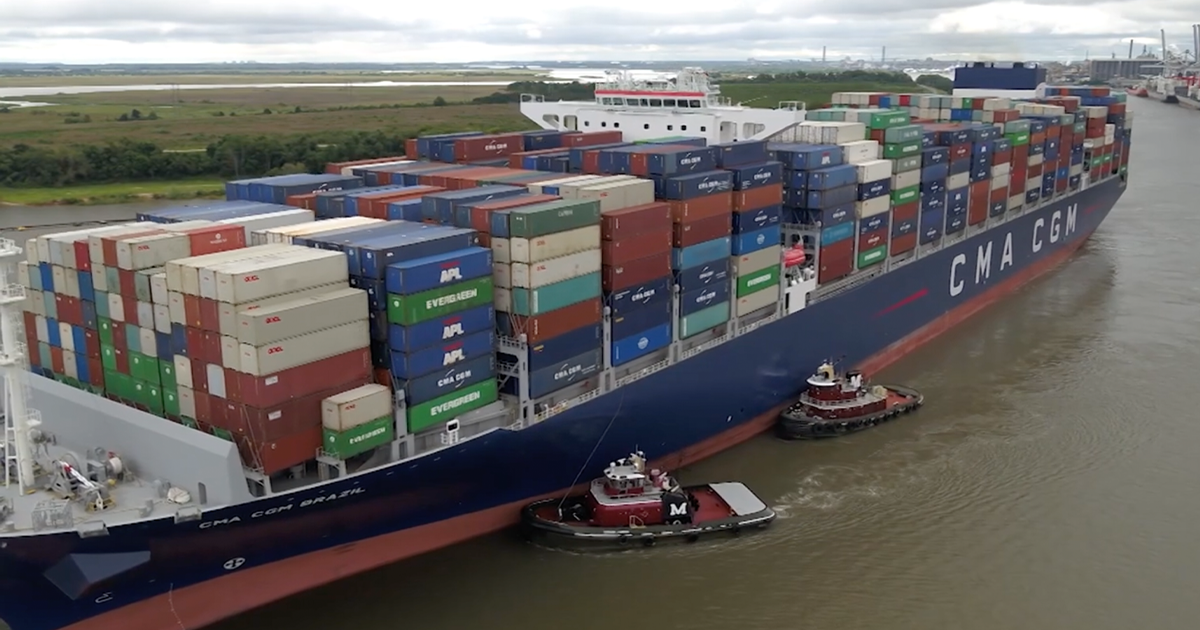Athens, GA |
With the agricultural trade deficit reaching a record high of more than thirty billion dollars in 2024, sweeping changes are being discussed to get things back into balance. And chief among them is a tariff being placed on goods imported from Canada and Mexico, which would impact on one sector in particular.
“Some parties may benefit and some may be hurt. So, we have producers of fruits and vegetables in this country. To the extend we put a trade barrier in place and prevent and raise the price of goods that are coming in from Mexico, say for fruits and vegetables, it might make fruit and vegetable products in the United States more competitive. So, it might actually raise the welfare of domestic fruit and vegetable producers,” says Michael Adjemian, Professor of Agriculture & Applied Economics.
As for consumers, potential price increases at the grocery store from these proposed tariffs might just depend on the time of year.
“There’s different growing seasons for products depending on the country that they come from. Right now, US consumers are used to consuming fruits and vegetables year around, but we have a specific season for growing those products in the United States. So, if we limit the trade between the US and Mexico, the price of the products that we import from Mexico will be higher seasonally,” says Adjemian.
This policy would also have an impact on the export market as retaliatory tariffs would likely be the byproduct. However, those effects might not be long lasting if the US is able to cultivate new partners.
“Domestic agricultural producers export quite a bit of what we produce. And so, to the extent that, tariffs overseas are put in place as retaliation to the tariffs that the United States is putting into place, then that can actually reduce the profitability or the revenue that is able to be generated by those exports. On the other hand, because these are bilateral tariffs, it may be the case that US exporters can find alternative markets for their products. So, after a period of adjustment, it may be the case that prices even out,” says Adjemian.
That forced expansion might also be a net positive in the long term as it would showcase American goods to other countries.
“It may be the case that by learning we can expose consumers around the world to just how good US agricultural products are. And maybe we’re forced to through policy, through tariffs, find alternative markets, then that may expand, kind of the market access in the long run, especially if these tariffs aren’t kind of put in place for a long period of time if at all. So, we potentially may see new markets opening to our goods,” says Adjemian.
However, there is also a possible downside to limiting trade with two of the largest importers of US agricultural goods.
“If other countries retaliate to our tariffs that we put into place, and the limit, the supply of US products that they purchase, then they may start to, and other countries around the world may start to invest in agriculture and start to produce products that compete with our exports,” says Adjemian.
By: Damon Jones

